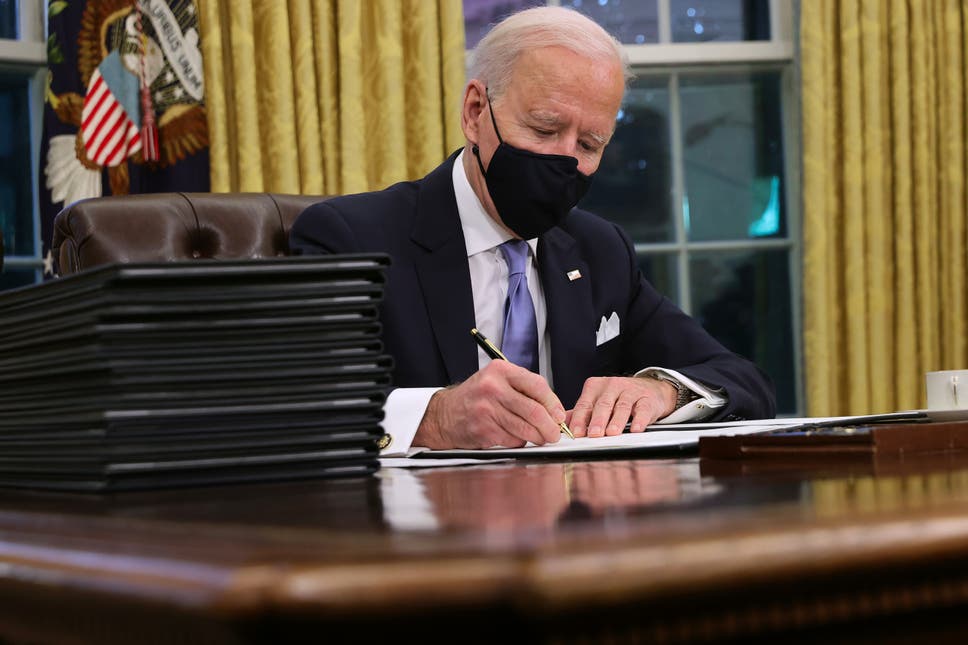U.S. President Joe Biden, has outlined new efforts to combat racial inequality in America, saying he mourned one of the worst acts of racial violence in U.S. history, the 100th anniversary of the Tulsa Race Massacre.
Biden disclosed this in his speech on Tuesday at Tulsa, Oklahoma, while honouring the hundreds of Black Americans who were killed by a white mob that had attacked their neighbourhood.
According to him, the administration’s new efforts touch on a range of issues, including small business opportunities, racial discrimination in housing and voting rights.
“One hundred years ago, at this hour, on this first day of June, smoke darkened the Tulsa sky, rising from 35 blocks of Greenwood that were left in ash and ember, raised in rubble.
“In less than 24 hours, 1,100 Black homes and businesses were lost, and although they had insurance covers, many insurance companies rejected claims of damage.
“Ten-thousand people were left destitute and homeless, placed in internment camps.”
Biden recounted the horrific details of the massacre that devastated Greenwood, saying “literal hell was unleashed” on the neighborhood.
“My fellow Americans: this was not a riot; this was a massacre among the worst in our history, but not the only one.
“And for too long, forgotten by our history and as soon as it happened there was a clear effort to erase it from our memory, our collective memories,” Biden said.
The President said what happened in Greenwood was an act of hate and domestic terrorism with a through line that still exists today.

He specifically recalled the 2017 Unite the Right rally in Charlottesville, Virginia, and the insurrection at the U.S. Capitol building this past January, calling White supremacy “the most lethal threat to the homeland today.”
In 1921, a violent white supremacist mob raided, firebombed, and destroyed approximately 35 square blocks of the thriving Black neighbourhood of Greenwood in Tulsa, Oklahoma, according to reports.
Families and children were murdered in cold blood, with homes, businesses, and churches burnt while as many as 300 Black Americans were killed and nearly 10,000 were left destitute and homeless.
Before the massacre, Greenwood was a thriving Black community that had grown into a proud economic and cultural hub while at its centre was Greenwood Avenue, commonly known as “Black Wall Street.”
In the decades following the civil war and reconstruction, Greenwood became a place where Black Americans were able to make a new start and secure economic progress in spite of the continued pain of institutional and overt racism.
The community was home to a growing number of prominent Black entrepreneurs as well as working-class black families who shared a commitment to social activism and economic opportunity.
As Greenwood grew, Greenwood Avenue teemed with successful Black-owned businesses, including restaurants, grocery stores, hotels, and offices for doctors, lawyers and dentists.
The community also maintained its own school system, post office, a savings and loan institution, hospital, and bus and taxi services. (NAN)